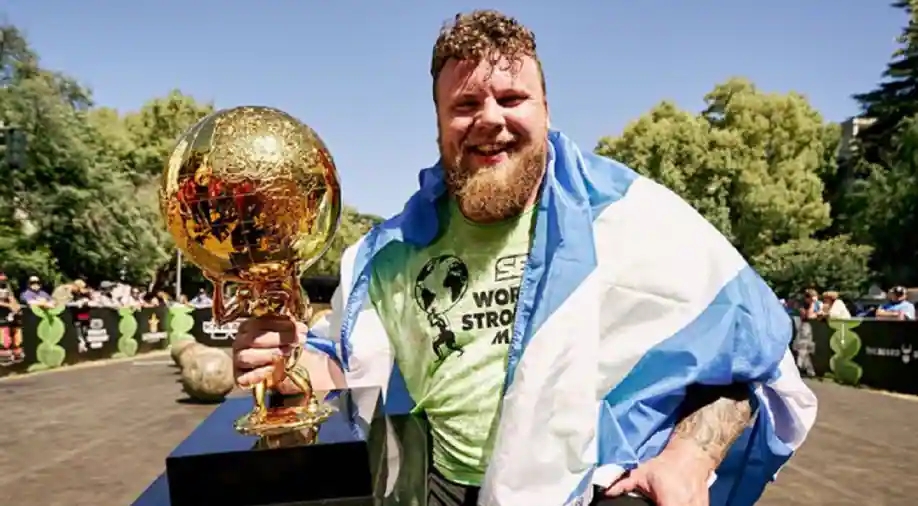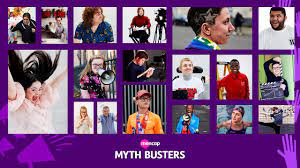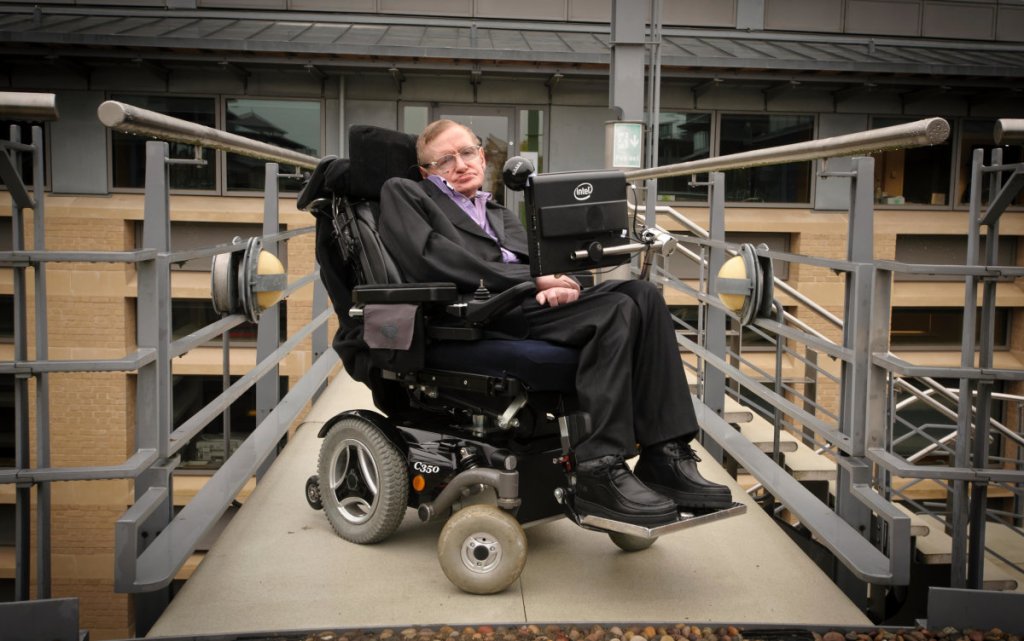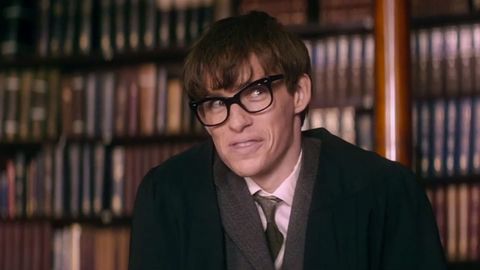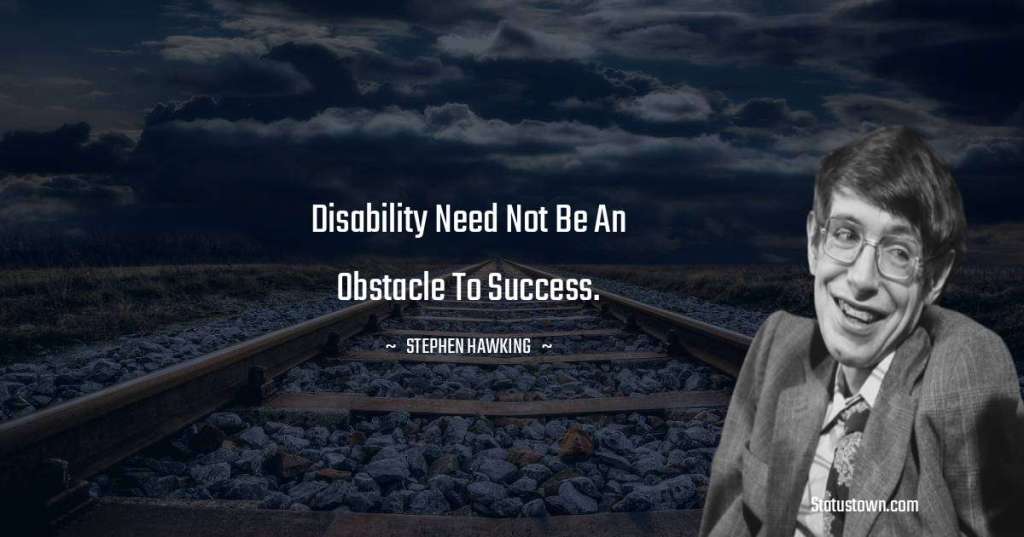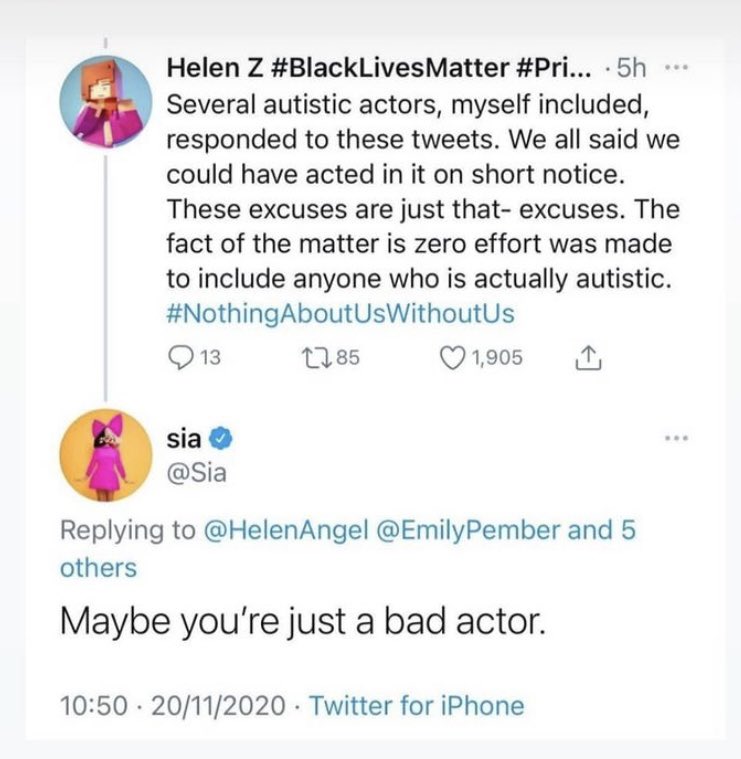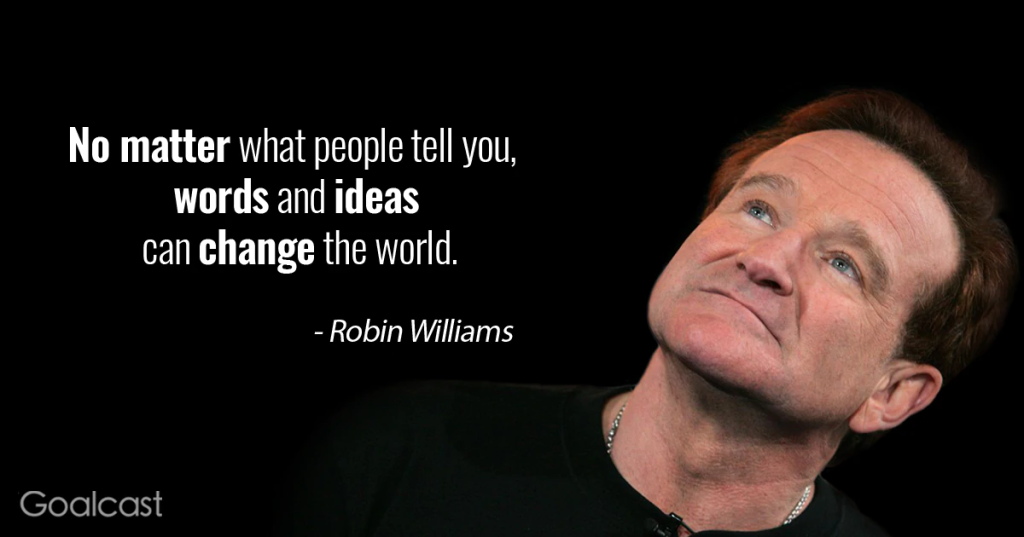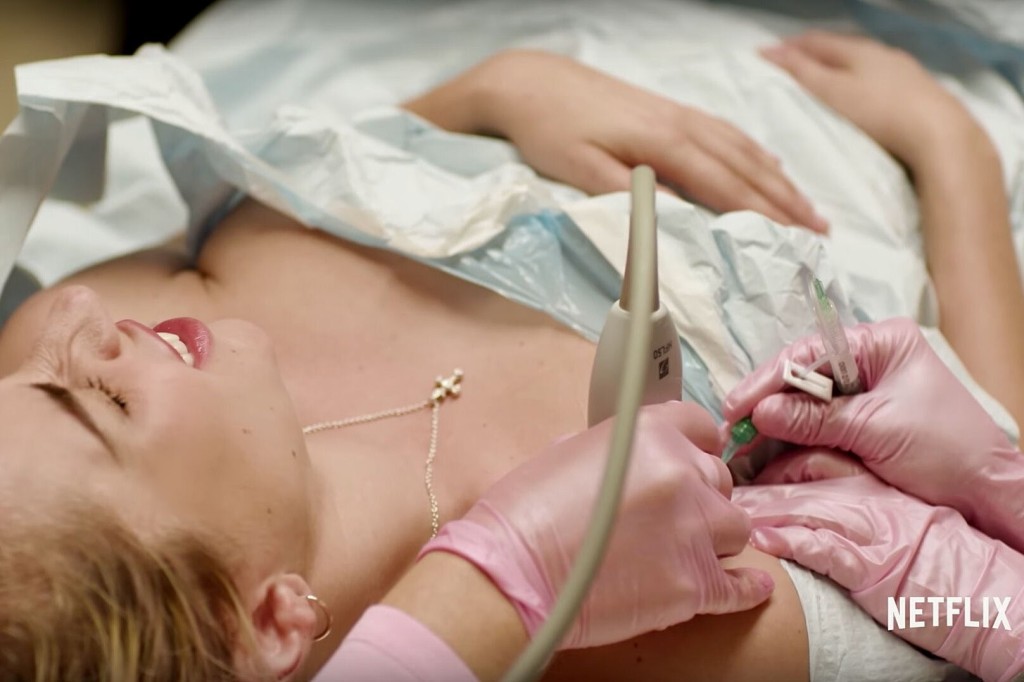Who is Chadwick Boseman?

Chadwick Boseman was a black actor who lived in America, after graduating from university, he began his acting career in theatre before transitioning to the big screen where he portrayed many memorable roles throughout the years as well as winning multiple awards for his various movies and characters he played.
Sadly, in August 2020, the world was shocked with the news that Chadwick Boseman sadly passed away in his sleep at home after a long and private 4-year battle with colon cancer. Even after his passing, Chadwick is still being remembered for the impact that he made on people and the films that he was in.
What did he do?
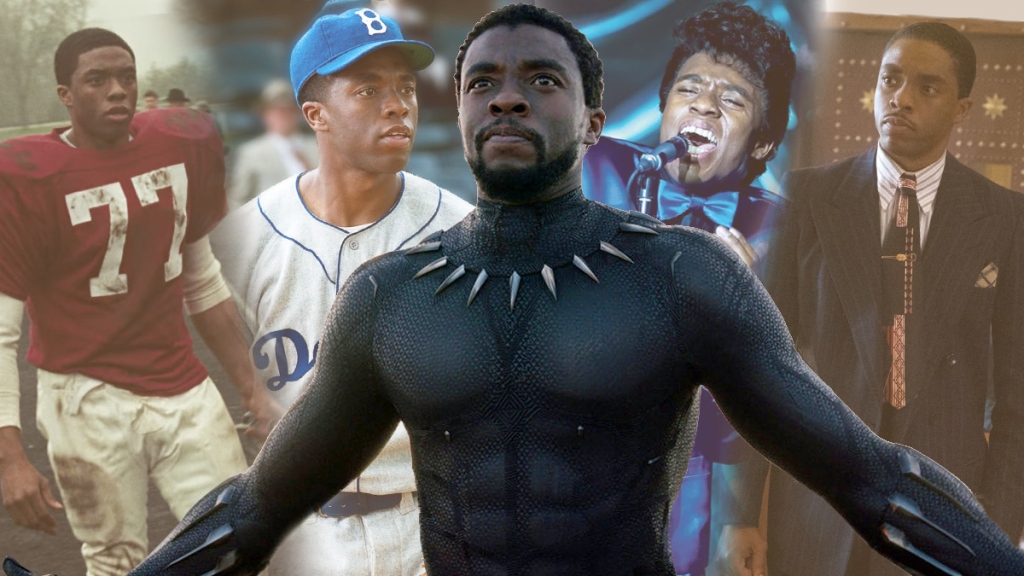
His first major role was as a series regular on Persons Unknown before landing his breakthrough performance as baseball player Jackie Robinson in 42. He continued to portray historical figures in other biographical movies such as singer James Brown in Get on Up and Thurgood Marshall in Marshall.
When Chadwick was diagnosed with cancer in 2016, he continued acting while keeping his illness a secret, the movies and TV show that he had a leading role in that was released after his passing paid tribute to him at the end of the credits. He also received an Academy Award nomination and a Golden Globe Award for Best Actor for the last movie he was in.
His time in Marvel as Black Panther

One of his most notable and rememberable roles in his career was in the Marvel Cinematic Universe where he played T’Challa AKA Black Panther from 2016 – 2021. He has appeared in four Marvel movies including his own standalone movie and appearing in the Disney Plus series “What if” where he voiced an alternate version of T’Challa one year after his passing.
His standalone MCU movie Black Panther was worldly praised for being the first Marvel movie to have an entire black cast and director as well as Chadwick’s impactful portrayal as T’Challa which ended up with Black Panther becoming one of the best films in the Marvel Cinematic Universe and being nominated for an Academy Award for Best Picture.
How he was remembered after his passing
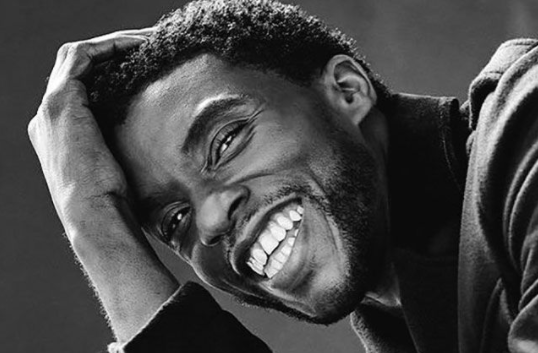
His fans, family, friends and all his cast mates paid tribute to him. A show was made about his life and work called Chadwick Boseman: A Tribute for a King, he was honored with a moment of silence in the fifth game between the Los Angeles Lakers and the Portland Trail Blazers and Lewis Hamilton dedicated his win in the 2020 Belgian Grand Prix to Chadwick
His death also caused a massive shift in Marvel as he was going to star in the next Black Panther movie, however, Marvel decided to not recast the role as he had a major impact on the world as the character. Next month, Marvel is releasing Black Panther: Wakanda Forever which will serve as a tribute to Chadwick as well as developing the world of Wakanda.
How he had impacted the world and the Black Community
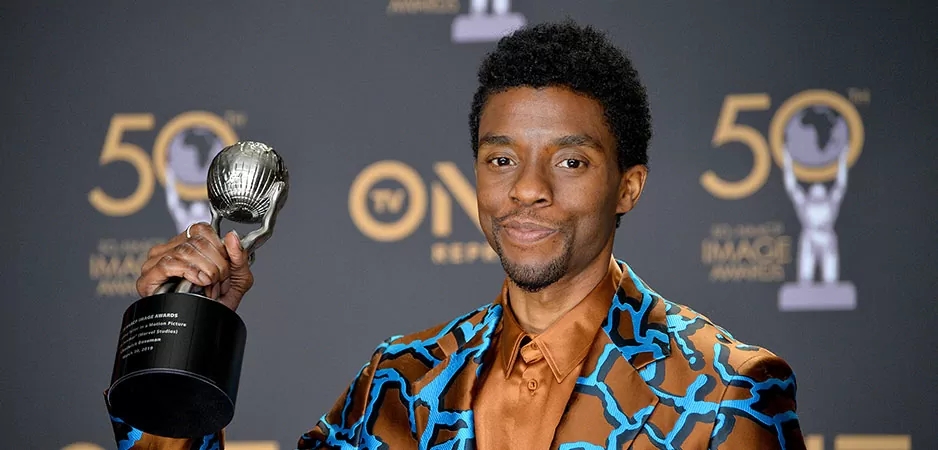
Chadwick supported various charities such as cancer charities and advocated for children’s charities with the Jackie Robinson Foundation. In April 2020, he donated $4.2 million in personal protective equipment to hospitals fighting COVID-19 in black communities. His old university renamed its College of Fine Arts in honour of his inspirational legacy.
After his performance in Black Panther, Chadwick earned a spot on the 2018 Time 100 as one of the world’s most influential people. Many people praised him for how he became a culture hero for people in the African American and black communities and for how Black Panther raised the bar for racial equality and representation on screen.
Overall, Chadwick Boseman’s career will always be seen as an amazing legacy that changed the film industry for the better and will be remembered for generations to come for his flawless and inspirational acting in all the films and shows he was in as well how he brought back the attention of black history to the world.








